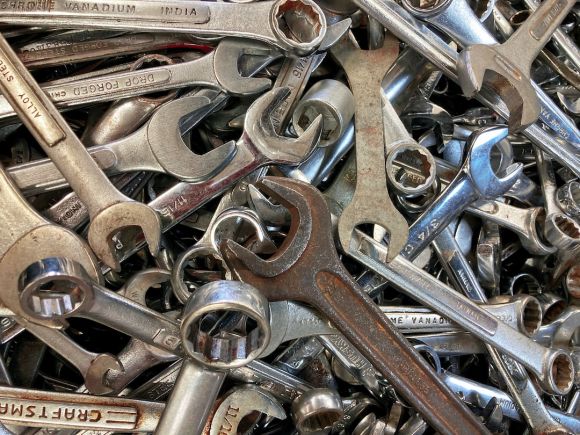The clutch cable is a critical component of a motorcycle’s transmission system. It connects the clutch lever to the clutch mechanism, allowing the rider to engage and disengage the clutch. Over time, the clutch cable may stretch or become loose, affecting the clutch’s performance. In this article, we will guide you through the process of adjusting your motorcycle’s clutch cable to ensure optimal clutch operation.
Identifying the Problem
Before adjusting the clutch cable, it is essential to diagnose the issue accurately. Some common signs of a faulty clutch cable include difficulty in shifting gears, a slipping clutch, or a clutch that fails to engage or disengage smoothly. If you experience any of these symptoms, it is likely that your clutch cable needs adjustment.
Locating the Adjuster
To adjust the clutch cable, you first need to locate the adjuster. The adjuster is usually located near the clutch lever on the handlebars. Look for a threaded barrel or a locknut that secures the cable to the lever. This is where the adjustment will be made.
Loosening the Locknut
Start by loosening the locknut on the clutch cable adjuster. Use a wrench or pliers to turn the locknut counterclockwise, allowing it to move freely along the clutch cable.
Adjusting the Cable
With the locknut loosened, you can now make the necessary adjustments to the clutch cable. Turn the adjuster barrel clockwise to tighten the cable or counterclockwise to loosen it. Make small adjustments at a time, testing the clutch lever’s feel after each adjustment.
Testing the Clutch Lever
After making the adjustment, pull the clutch lever towards the handlebars and release it. The lever should have a slight amount of play or free movement before it engages the clutch. If there is too much play, the clutch may not disengage fully, making it challenging to shift gears. On the other hand, if there is no play, the clutch may slip or fail to engage properly.
Fine-Tuning the Adjustment
If the clutch lever feels too tight or too loose after the initial adjustment, you may need to fine-tune the adjustment. Repeat the process of loosening the locknut, making small adjustments to the clutch cable, and testing the clutch lever until the desired feel is achieved.
Securing the Locknut
Once you are satisfied with the clutch cable adjustment, tighten the locknut to secure the adjuster in place. Use a wrench or pliers to turn the locknut clockwise, ensuring that it is snug against the adjuster barrel.
Test Riding
After completing the adjustment and securing the locknut, take your motorcycle for a test ride. Pay close attention to the clutch’s performance, including the ease of shifting gears, the clutch’s engagement and disengagement, and any abnormal noises or vibrations. If everything feels and sounds normal, then you have successfully adjusted your motorcycle’s clutch cable.
Regular Maintenance
It is important to note that clutch cables may require periodic adjustment due to wear and tear. Inspect your clutch cable regularly and make adjustments as needed to maintain optimal clutch performance. Additionally, ensure that your clutch cable is properly lubricated to minimize friction and prolong its lifespan.
Conclusion
Adjusting your motorcycle’s clutch cable is a relatively simple process that can greatly improve the clutch’s performance. By following the steps outlined in this article, you can easily diagnose and adjust a faulty clutch cable, allowing for smoother gear shifting and more efficient clutch operation. Regular maintenance and proper lubrication will ensure that your clutch cable continues to function optimally, enhancing your overall riding experience.
